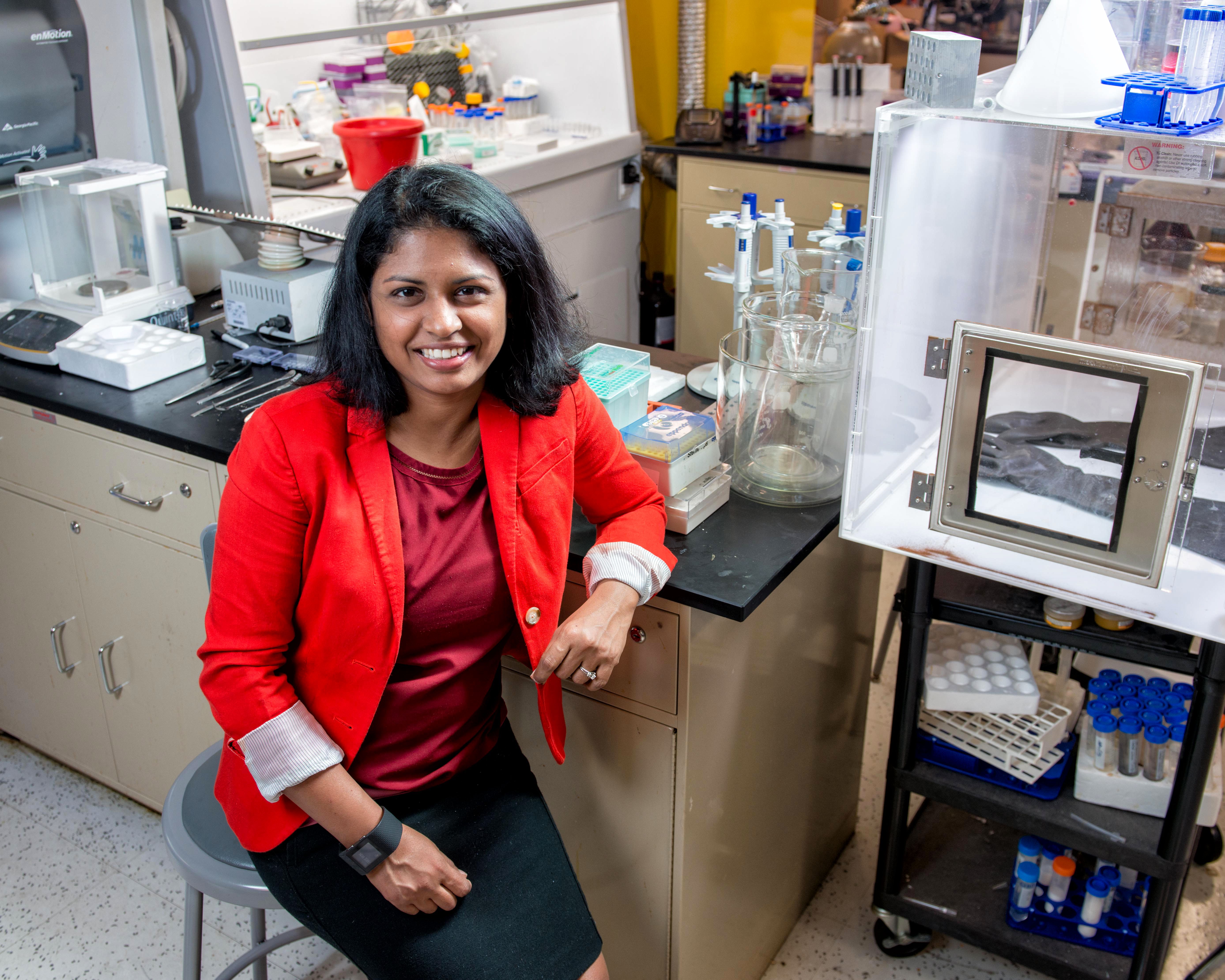The vaginal mucosa is very effective in preventing virus penetration; typically only 1 in 200 sexual encounters HIV acquisition. However, more than 50% of persons with HIV globally are women and the vaginal mucosa remains a predominant route for HIV acquisition. The mucosal barrier is in contact with the environment, and it is not known how foreign particles that leach or slough off from clothes, inserts, and other products alter the mucosal mechanisms that would typically hinder HIV penetration. The overall objective of this research is to identify how environmental exposures alter the natural mucosal barriers and protective factors that deter HIV acquisition. The specific goal of the project is to perform a preliminary survey to determine if environmentally-introduced particles alter in-vitro models of healthy mucosal barriers – the semen and cervicovaginal fluid, mucins, epithelial cells, and immune cells – by changing the nature of the barriers themselves and/or by changing how HIV interacts with these barriers. A sampling of the different categories of environmentally introduced factors that would come in contact with the vaginal mucosa will be surveyed: nanoparticles of polyester, polystyrene, cotton, and rayon to mimic slough-offs from clothes, packaging, and inserts; and infusions of parabens and alpha-tocopherol to mimic leach-outs from inserts, and particulates of siloxane gels likely to be released from condom lubes. Having preliminary in-vitro characterizations that are rapid and cost-effective will allow high-throughput assessment of the large range of factors that can come in contact with the vaginal mucosa, to determine associated biologically significant changes that alter the interaction between HIV and mucosal barriers. The work will begin to map out the mechanism of this interaction, and provide a framework for tackling the complexity of inter-patient variation in vaginal mucosa also attributable to race, ethnicity, age, co- morbidities, and stages of ovulation and menopause
Project Summary provided by the investigator


